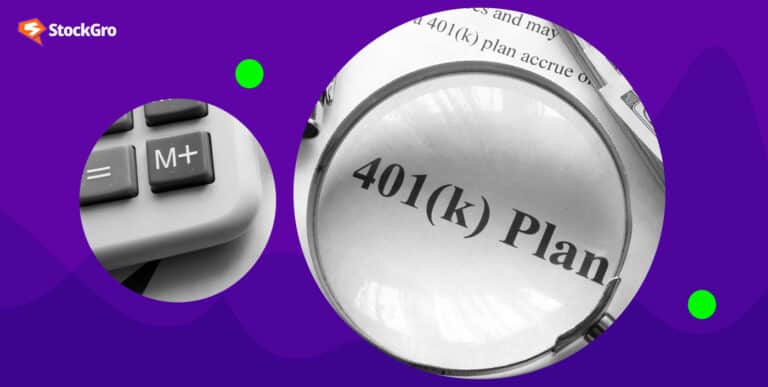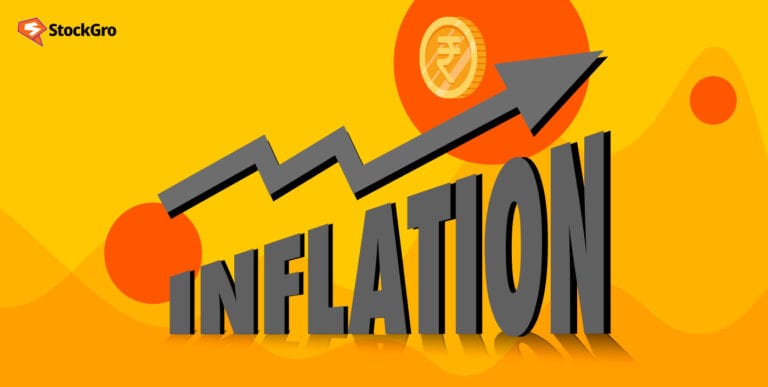
Preserving financial balance is critical in the banking sector. The Capital Adequacy Ratio, or CAR, is a crucial indicator that is important for this goal. As a protection against financial collapses, CAR guarantees banks have sufficient capital reserves to resist storms and guard depositor money.
This ratio, imposed with the help of regulatory groups, evaluates a bank’s capability to withstand losses even as the final solvent. In this article, we will cover what is capital adequacy ratio and what it means in banking.
What is Capital Adequacy Ratio and why does it matter?
The Capital Adequacy Ratio is an indicator of a bank’s financial soundness and stability.
CAR is separated into capital classes: Tier 2 capital consists of less liquid property, such as subordinated debt, while Tier 1 capital consists of reserves and equity capital.
Here is how it helps:
- First and foremost, it acts as a safety net against unforeseen financial shocks by ensuring that banks have sufficient capital to undergo tough economic instances without going bankrupt.
- Second, CAR is a safety for depositors, ensuring their deposits remain secure even during crises.
- Furthermore, because it shows how well banks can meet their responsibilities and keep offering consumers vital financial services, CAR is essential to preserving trust in the banking system.
Minimum CAR levels are mandated by regulatory bodies across the world to maintain bank stability and resilience. Banks are predicted to constantly oversee their CAR, taking essential moves to make sure they have enough capital ranges.
How to calculate Capital Adequacy Ratio?
A simple method calculates the Capital Adequacy Ratio, a bank’s capital to RWAs ratio. Here is the capital adequacy ratio formula:
- CAR = (Tier 1 Capital + Tier 2 Capital) / Risk Weighted Assets.
Banks calculate their CAR by adding Tier 1 and 2 capital and dividing through RWAs. Regulatory bodies frequently mandate minimal CAR levels to guard banks’ economic stability and depositor cash safety.
Banks must examine their CARs regularly and implement applicable moves to ensure regulatory compliance.
This component provides a constant and transparent technique for determining a financial institution’s capital adequacy, which helps in assessing the financial institution’s resilience.
Also Read: The startup saga: Tracing the growth of India’s entrepreneurial landscape
Components of Capital Adequacy Ratio
The Capital Adequacy Ratio contains many essential components that compare a financial institution’s monetary electricity and ability to withstand future losses. Understanding these components is critical to understanding the complexities of CAR.
Tier one capital
- Tier 1 capital is the highest grade capital in CAR.
- It consists of retained earnings, common stock, and a few additional instruments with the most robust possible capacity to absorb losses.
- Tier 1 capital is a significant buffer against financial downturns, ensuring the bank’s stability.
Tier two capital
- Tier 2 capital complements Tier 1 capital.
- It incorporates hybrid contraptions, subordinated loans, and different varieties of capital that, although now not as easily accessible as Tier 1 capital, nonetheless guide the financial institution’s potential to take in losses.
- Under stressful situations, Tier 2 capital acts as an additional protection line, providing assistance and stability.
Risk-weighted assets
- RWAs indicate a bank’s total assets weighted by riskiness.
- Various asset classes have differing levels of risk, and assets with higher levels of risk are given larger weights.
- RWAs consider many risks, including credit, market, and operational risk, to represent a bank’s possible exposure to losses.
Banks may analyse their capital sufficiency and maintain regulatory compliance by dissecting these critical components. Maintaining a healthy mix of Tier 1 and Tier 2 capital for RWAs is crucial for monetary balance and building consideration amongst depositors and shareholders.
The importance of Capital Adequacy Ratio in financial stability
The capital adequacy ratio shows a bank’s capability to resist financial instabilities and hold depositors’ money.
Risk management
CAR fosters responsible risk-taking by mandating banks to maintain a certain amount of capital about their risk-weighted assets (RWAs). Banks must analyse the riskiness of their property and distribute capital accordingly, reducing the possibility of insolvency in the case of dire circumstances.
Solvency and liquidity
CAR guarantees banks have enough capital reserves to cover losses, improving solvency.
Adequate capitalisation improves a financial institution’s potential to satisfy its commitments to depositors and other lenders, which boosts acceptance, as confirmed inside the banking gadget.
Regulatory oversight
Regulatory bodies enforce minimum CAR standards to ensure the banking industry’s stability.
Regulators can detect possible vulnerabilities and prevent systemic risks by monitoring bank compliance with CAR standards.
Economic stability
CAR helps to ensure overall economic stability by minimising the chance of bank collapses and systemic catastrophes.
Furthermore, CAR requirements reduce the risk of contagion by preventing economic crises from one institution to another and ensuring the overall health of the bank.
Investor confidence
- A strong CAR instils trust in investors by demonstrating that a bank has the resources to cover losses and stay viable.
- Investors are inclined to commit their cash to banks with exquisite CARs because they agree they’re much less hazardous belongings.
- Banks with more excellent CARs may also benefit from inexpensive borrowing fees and advanced access to capital markets, further enhancing their economic standing.
Also Read: Union Bank of India raises ₹3,000 crore through QIP, stock price soars 7%
Conclusion
The Capital Adequacy Ratio is an important indicator of a bank’s economic health and balance because it protects depositors. Maintaining an appropriate CAR is both a legal obligation and a strategic objective for banks, allowing them to manage economic crises and support long-term sustainability. Learn more about financial concepts on StockGro.

